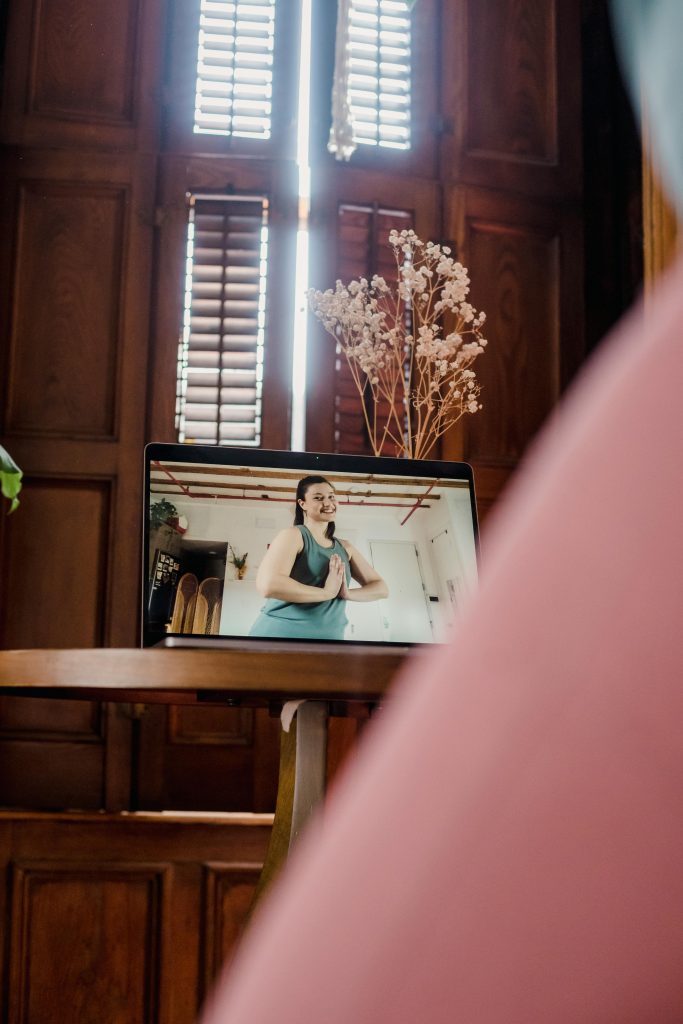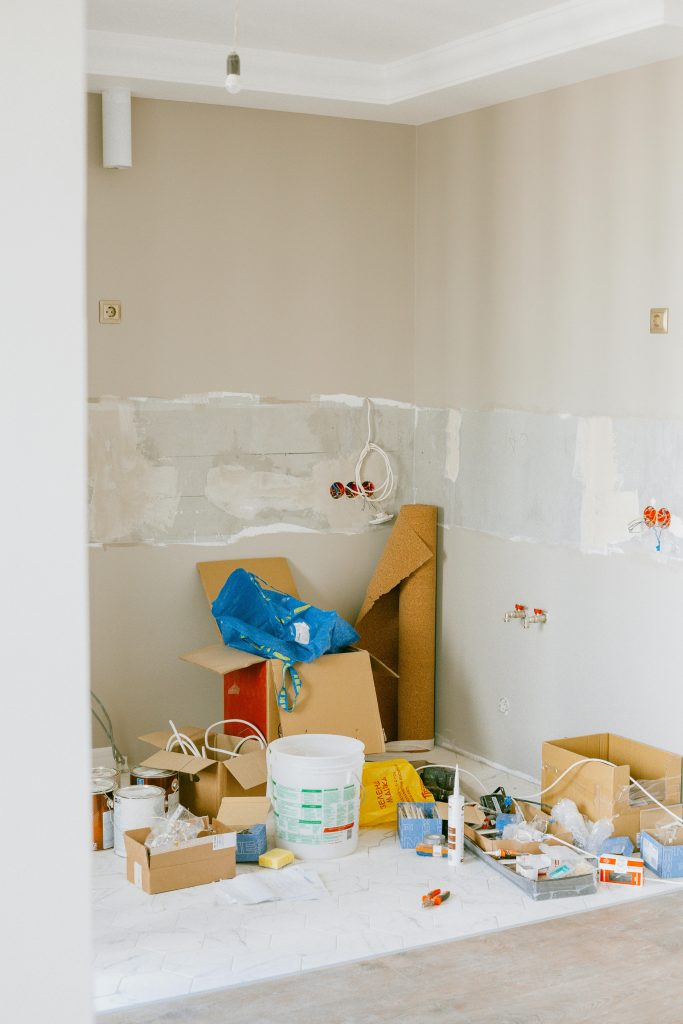Title: Troubleshooting High Temperatures on the Intel Core i9-14900K After Undervolting
Introduction
Building a high-performance PC involves numerous adjustments to optimize thermal performance and ensure stability. Recently, I attempted to undervolt my Intel Core i9-14900K on a Z790 Tomahawk Max WiFi motherboard with an NVIDIA GeForce RTX 4060 Dual V2 and a Lian Li HydroShift 360 TL liquid cooler. Despite these efforts, I am still experiencing temperatures reaching 100°C during gaming. In this article, I’ll share my experience, the steps I’ve taken, and seek advice on how to further improve my CPU’s thermal performance.
System Specifications
- CPU: Intel Core i9-14900K
- Motherboard: MSI Z790 Tomahawk Max WiFi
- GPU: NVIDIA GeForce RTX 4060 Dual V2
- Cooler: Lian Li HydroShift 360 TL liquid cooling system
Initial Undervolting Settings and Attempts
As someone new to undervolting, I started with conservative adjustments to my CPU’s voltage and power settings:
- Load-Line Calibration (LLC): Mode 4
- CPU IA AC/DC Loadline: 10/10
- Vcore Offset: -0.125V
- Multi-Core Enhancement (MCE): Disabled
- Critical Enhanced Parameters: Enabled (CEP/CEP 14th)
Despite these changes, during intensive gaming sessions, my CPU still reaches 100°C, which raises concerns about thermal throttling and potential long-term damage.
Understanding the Challenges
Undervolting aims to decrease the CPU’s voltage to reduce heat output while maintaining stability. However, high temperatures can still occur due to several factors:
- Cooling System Limitations: Even premium coolers can struggle under heavy loads with high-end CPUs.
- Thermal Paste and Mounting: Ineffective application or improper mounting can impact heat transfer.
- Voltage and Power Settings: Inadequate or incompatible settings may prevent effective undervolting.
- Ambient Temperature and Case Ventilation: External factors influence thermal performance.
Recommendations for Improvement
Given the current situation, here are some steps that could help reduce CPU temperatures:
- Verify Cooler Installation
- Ensure the Lian Li HydroShift 360 TL is properly mounted with even pressure.
- Clean the radiator and fans to prevent dust buildup.
- Optimize CPU Voltage Settings
- Use CPU Vcore manually set rather than offset to find a stable
Share this content:



